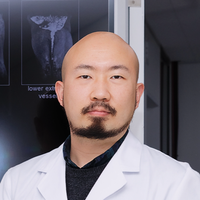Biotechnology & medicine
Yu-Cheng Chen
Focusing on biological lasers research and related bioinformation encoding technologies.

Korea
Taehyun Shin
Developing a high-performance MRI that can diagnose even small diseases.

MENA
Eslam Katab
Using c-Rel proteins to diagnose and possibly treat lymphoma and pancreatic cancers

Korea
Joon-Nyung Heo
Contributing to the development of non-profit health care in society.

Global
Kaitlyn Sadtler
Her test was among the first to determine how many people had been infected with covid-19.
